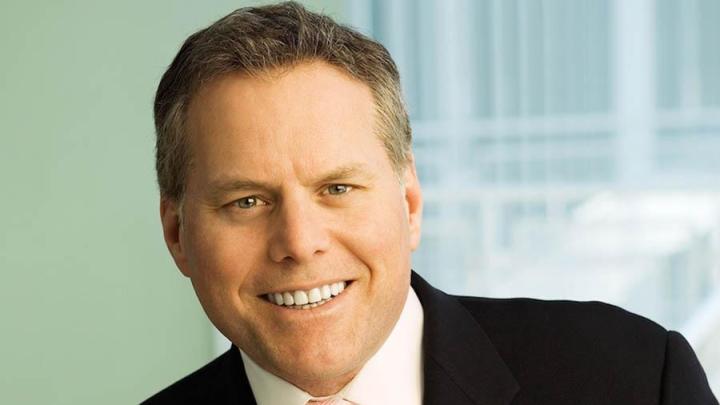
At the Bernstein Annual Strategic Decisions Conference, Deadline reports, Zaslav did not make light of the fact that while all streaming services, including Netflix, Amazon Instant Video, Hulu, and others, are indeed offering scripted TV series from traditional networks, they are also increasingly launching their own original content. And that content isn’t exactly lacklustre: it ranges from popular shows like House of Cards and Orange is the New Black (Netflix) to Transparent and Bosch (Amazon Instant Video.) “Why,” he asked, hypothetically mimicking a streaming service, “should I buy a scripted series that ran on a cable network? I’ll build my own.”
Related: Netflix raises the stakes, plans to launch 20 original series per year
This isn’t an issue now as all services offer a nice mix of both. And library scripted series content still makes up the bulk of the offering. But could tides shift, where traditional shows that once generated advertising revenue from traditional linear TV networks, no longer be desirable? Consider that there have already been shows that were dropped by networks, likely due to them pulling in less-than-stellar advertising dollars, only to be “saved” by streaming TV services that don’t rely on ad bucks: Arrested Development is perhaps the most notable example and, most recently, Hulu gave the Fox-cancelled show The Mindy Project a second life through its service.
Zaslav’s concern is that while scripted TV shows are still managing to make money thanks to these syndication subscription video-on-demand (VOD) deals, what if streaming services no longer feel the need to syndicate, and become full production houses in their own right?
He goes so far as to call the fact that cable programmers sold their shows to these services a “mistake” because there are no ads, nor any branding that would showcase where the show originally appeared. And, without proper Nielsen ratings for streaming television programming — which is viewed on everything from big screen TVs to computers and mobile devices — viewership numbers are tough to track, and, therefore, its virtually impossible to monetize the content and put a real value on it. “It’s critical,” he says, “that it gets measured. There’s stuff falling off the table that we’re not getting credit for.”
We’re a long way from streaming TV services becoming full-on networks that produce a steady stream of content that rivals traditional TV lineups. But it does seem as though things are moving in that direction: Netflix confirmed earlier this year that it plans to launch 20 new, original series each year, and eight have already been confirmed for 2015. Plus, there’s original content like the upcoming documentary on singer and activist Nina Simone, and the Full House reboot, Fuller House. Amazon has already given the green light for five new series in the 2015/16 season of many that it’s piloted. That said, these services still rely heavily on scripted shows that have done well on traditional TV and are ripe for the binge picking – from The Walking Dead, to Breaking Bad, Mad Men, Modern Family, Sons of Anarchy, and more. Hulu recently nabbed exclusive rights to content from Cartoon Network, Adult Swim, TNT, and TBS.
Still, Zaslav’s point-of-view certainly gives the industry something to think about.


